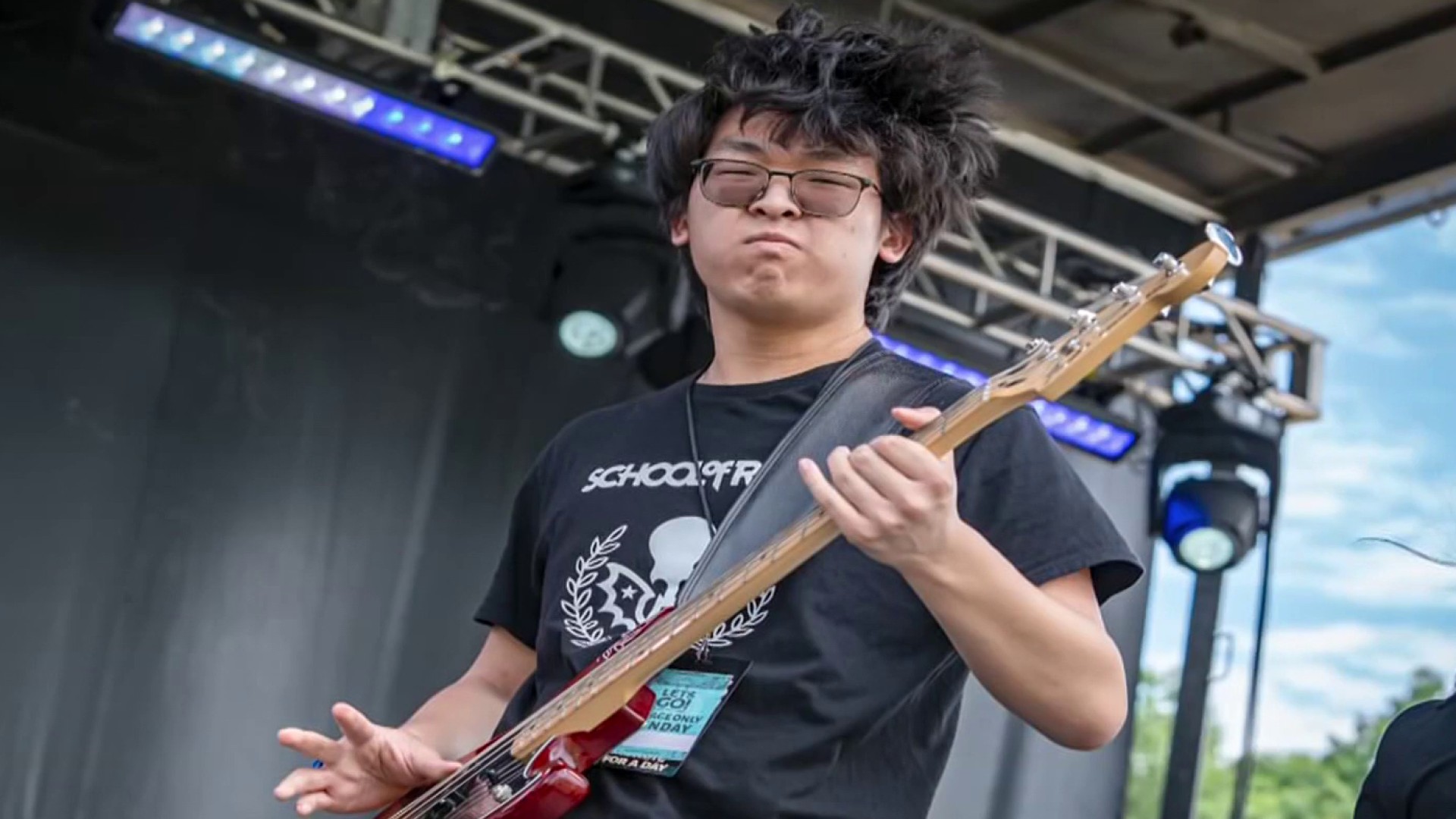Suburban Maryland counties had the state's biggest population growth over the last decade, and Hispanic residents represented the largest increase, according to data released by the U.S. Census Bureau on Wednesday.
Maryland's population grew by about 477,000 between 2000 and 2010. That's a 9 percent gain to 5,773,552. More than half of the state's population growth resulted from increases in the Hispanic population.
Baltimore continued to lose residents, but the city's 4.6 percent population loss was the smallest since the 1950s.
"We've got the faucet turned, but it's still leaking," Delegate Curt Anderson, D-Baltimore, said. He noted that concerns about taxes and crime were factors in the population loss. "Folks don't like the taxes, so if they get a chance, they buy a home where they pay less taxes."
All of the state's population gain resulted from increases in minorities. Maryland's Hispanic population comprised the biggest increase. The number of Hispanic residents more than doubled to become 8.2 percent of the state's population, with large numbers of Hispanics living in the suburbs of the nation's capital.
"I think the increase was expected," said Andrew Ratner, a spokesman for the Maryland Department of Planning. http://www.mdp.state.md.us/msdc
Non-Hispanic whites still make up about 54.7 percent of the population. However, the number of non-Hispanic whites dropped by 128,589, or 3.9 percent, over the last decade. Non-Hispanic African-American residents comprised 29 percent of Maryland's population.
Local
Washington, D.C., Maryland and Virginia local news, events and information
The suburbs of Washington, D.C., saw big increases. Residents of Montgomery County, the state's largest county, grew by 11.3 percent to 971,777. The number of Prince George's County residents rose 7.7 percent to 863,420. Baltimore County's population went up 6.7 percent to 805,029.
For the first time, Montgomery County has become a majority-minority county, with 50.7 percent of residents identifying themselves as black, Hispanic or Latino, Asian or Pacific Islander or an ethnicity other than non-Hispanic White.
Charles and St. Mary's counties in southern Maryland, which has become a suburb of the nation's capital, saw the largest percentage increase in population. Charles County had a 21.6 percent increase over the decade, and St. Mary's County went up 22 percent.
Howard County's population grew 15.8 percent to 287,085, and the number of Frederick County residents rose 19.5 percent to 233,385.
Maryland did not gain or lose any congressional seats as a result of the data.
A new Maryland law that counts prison inmates as residents of their last address before entering prison will delay when lawmakers have access to the census numbers they need to redraw legislative and congressional districts. Those numbers are expected to be available by mid-March.
Lawmakers in the Democratic-controlled General Assembly are expected to gather this summer or early fall for a special session on congressional redistricting. Six of the state's eight members of Congress are Democrats. Redistricting for state legislative seats will be done during the regular 2012 legislative session.
The loss of population in Baltimore raises the potential for the city to lose representation in the General Assembly, including a Senate seat. However, the city will gain population through the changes in the way prison inmates are counted, so it is unclear how the population shift will play out in the state legislative redistricting process. The city has six legislative districts with one senator each.



